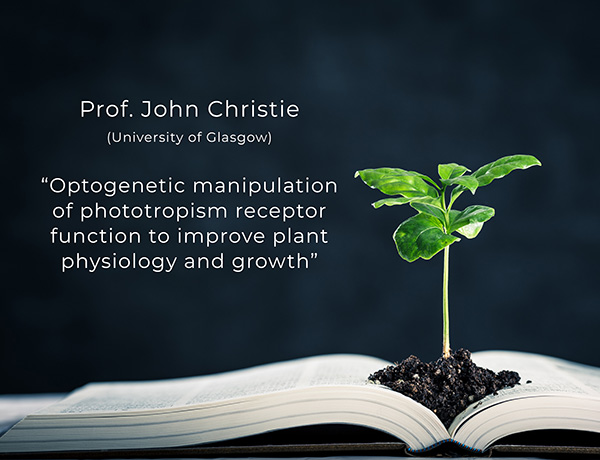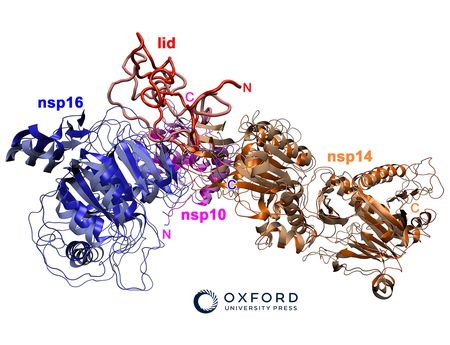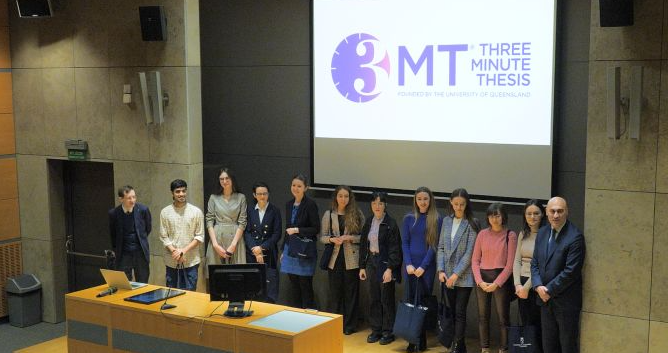
Optogenetics is the latest and the most promising tool for medicine and neuroscience, but not only! It also finds other novel applications.
Optogenetics relies on stimulating the activity of neurons or other cell types with light to induce a specific response. This biological technique can be used in plant organisms to improve biomass production. Altering the photosynthetic efficiency of plants can increase food and energy manufacturing and ensure environmental sustainability.
This issue was addressed by Professor John Christie from the University of Glasgow, UK, during his visit to Małopolska Centre of Biotechnology, Jagiellonian University in Krakow, at the invitation of Dr. Justyna Łabuz.
During the lecture, entitled "Optogenetic manipulation of phototropism receptor function to improve plant physiology and growth", Professor Christie presented the use of phototropins, which are plant blue light photoreceptors, to manipulate the photosynthetic efficiency and increase plant productivity. Phototropins control phototropism, leaf positioning, chloroplast movements, and stomatal opening. These receptors contain two domains, LOV1 and LOV2 (Light, Oxygen, or Voltage), which bind flavin mononucleotides to form a sensory system. In the dark, LOV2 inhibits the activity of the kinase domain. Upon light induction, the conformation of the LOV2 domain changes leading to kinase activation, which determines the specific physiological response. These light-dependent mechanisms have been used by scientists from Glasgow, to create optogenetic tools to modulate the physiology of Arabidopsis thaliana plants. These modifications enhanced stomatal opening kinetics and improved CO2 assimilation and water uptake efficiency in the changing environment. In addition, by modifying the phototropin LOV2 domain, receptors with increased photosensitivity under low-light conditions were created. These changes positively affect photosynthetic efficiency and biomass production in plants.
This topic is important in the context of the increasing demand of the world's population for plant products used as food and as a source of renewable energy. The ongoing collaboration between the MCB and the University of Glasgow will further address this issue.
Phot.: MCB UJ (fro left: dr J. Łabuz, prof. J. Christie, dr P. Hermanowicz), MCB Diamond Seminary 22.09.2022
Text: Anna Hebda



